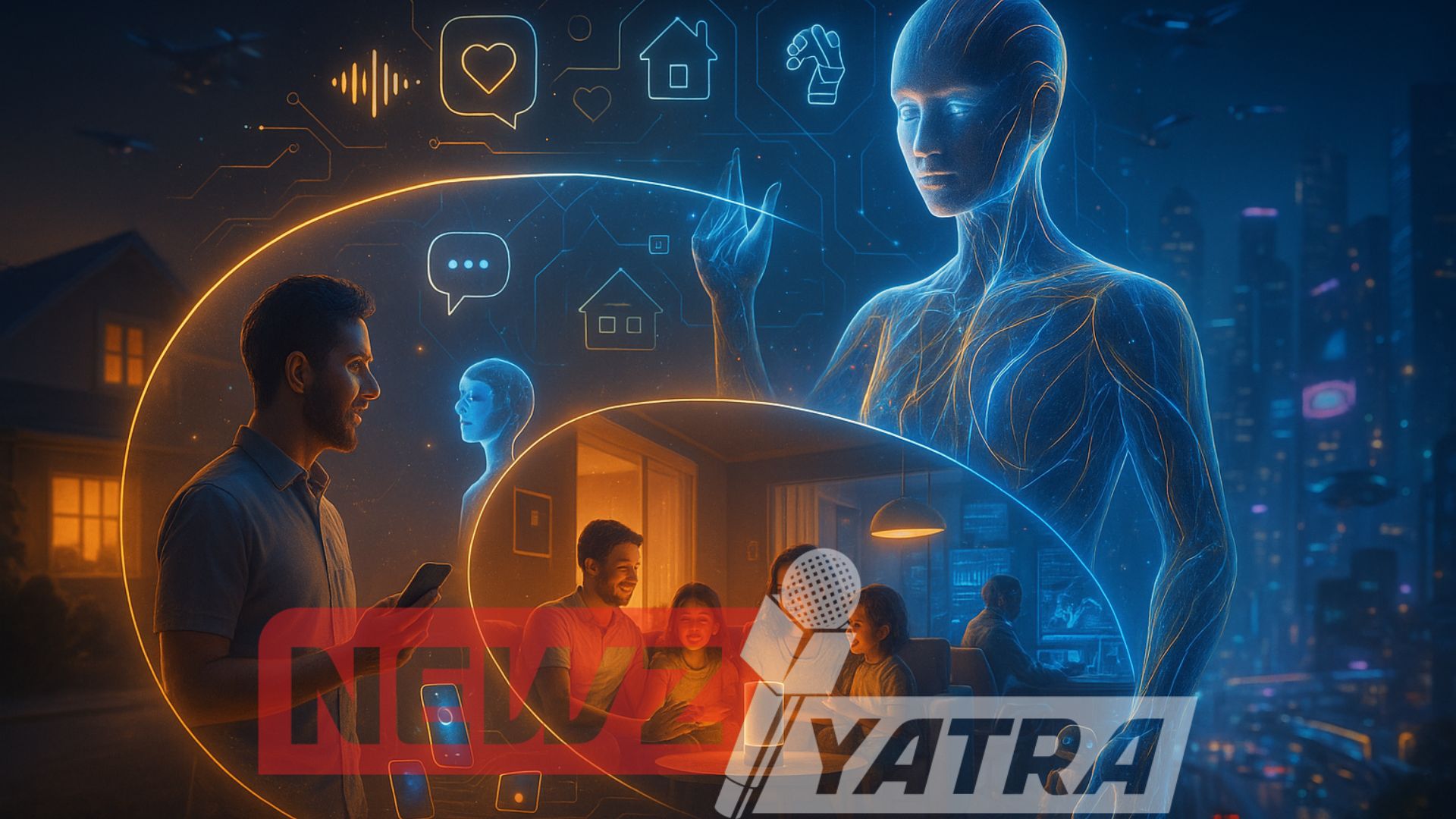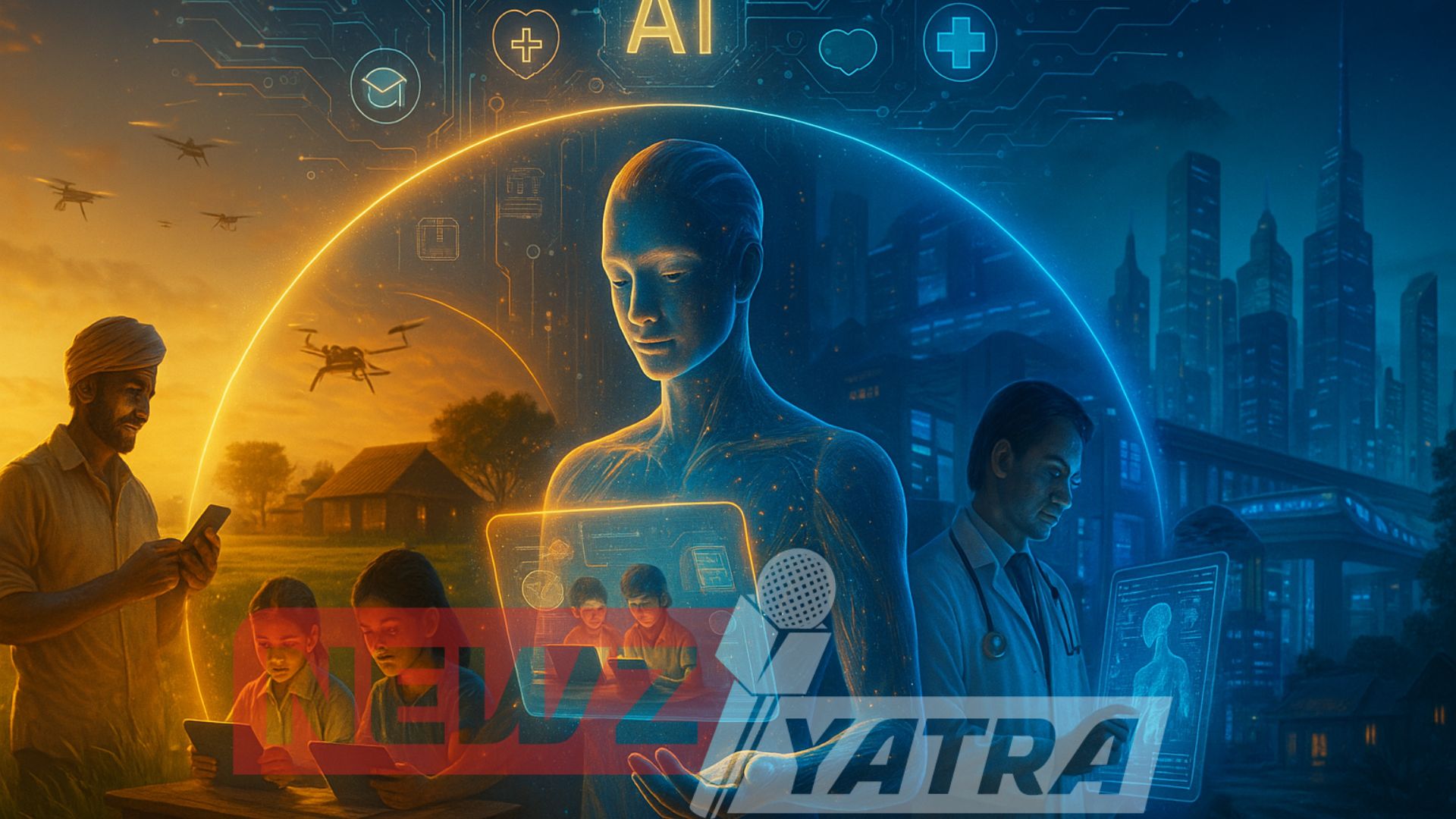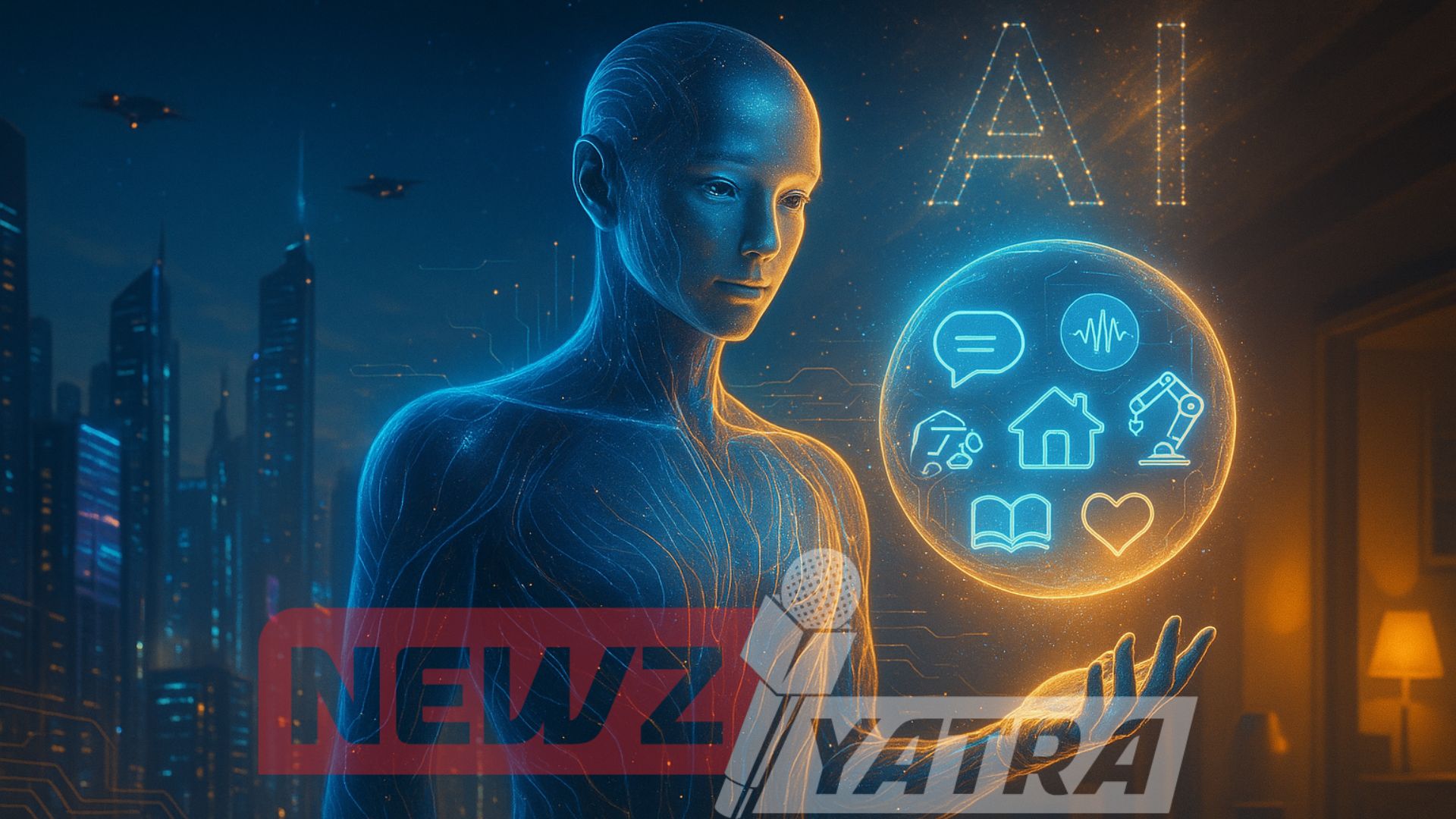What Comes After ChatGPT? The Future of AI Explained Simply!
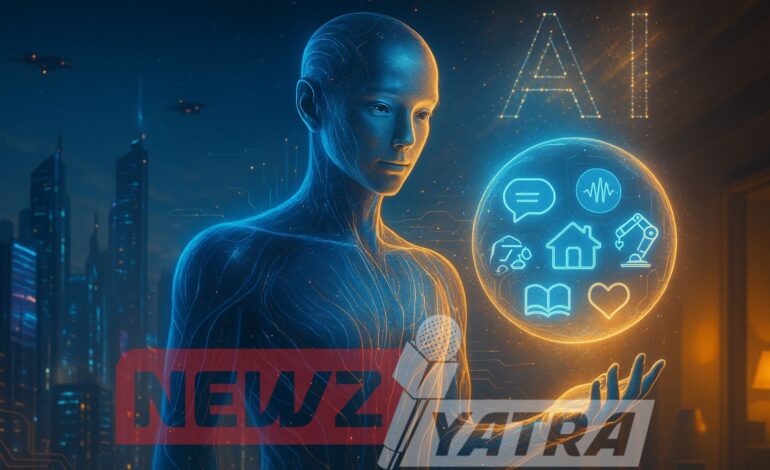
Exploring the Future of AI Assistants
AI assistants like ChatGPT have become everyday companions — helping us write, learn, plan, and even unwind through conversation. They’re no longer just tools; they’re shaping the way we work, think, and connect.
But this is only the beginning.
The next wave of AI assistants promises to be even more intelligent, intuitive, and personalized. We’re talking about AI that doesn’t just respond, but anticipates — adapting to our needs, learning our habits, and integrating seamlessly into our lives. Think of a digital co-pilot that truly understands you. (What comes after ChatGPT)
So, what’s coming next? Smarter assistants, deeper collaboration, and perhaps even emotional intelligence.
In this post, we’ll explore how AI assistants are evolving, where they’re headed, and what that means for the future of human-tech interaction.
What Is ChatGPT? (What comes after ChatGPT)
ChatGPT is a powerful AI chatbot developed by OpenAI. At its core, it uses advanced artificial intelligence to understand your questions and respond with helpful, human-like answers. Whether you’re looking for homework help, writing assistance, or just a friendly chat, ChatGPT is designed to support a wide range of tasks with surprising fluency.
But this is just the beginning. (What comes after ChatGPT)
AI is advancing rapidly, and tools like ChatGPT are paving the way for even more intelligent and capable assistants. The technology is evolving — becoming faster, smarter, and more personalized. The future of AI assistants isn’t just promising — it’s thrilling.
What’s Coming Next? (What comes after ChatGPT)
Let’s explore some exciting things AI assistants might be able to do in the next few years — things that could make our lives even easier, smarter, and more fun!
1. Smarter AI (What comes after ChatGPT)
In the future, AI assistants will get much smarter and more useful. They’ll be able to:
- Understand you more easily, even if you don’t explain things perfectly. You won’t need to type full sentences or say things in a special way — the AI will still know what you mean.
- Remember past conversations (if you allow it). This means it can pick up where you left off, follow your story, or help you over time without starting from scratch.
- Give better and more personalized advice because it will learn what you like, how you talk, and what you care about. Whether you’re planning a trip or trying to build a new habit, the AI can guide you in a way that fits your style.
2. AI That Can Talk (What comes after ChatGPT)
Today, most AI assistants (like ChatGPT) work by typing. But in the near future, they’ll be able to talk and listen just like a real person. Here’s what that might look like:
- Speak with natural-sounding voices, so it feels like you’re having a real conversation — not just chatting with a robot.
- Listen and respond in real time, like a phone or video call. You’ll be able to talk instead of type, and the AI will keep up with the flow of the conversation.
- Work on more devices, such as phones, smart speakers, home assistants, and even in your car — making it easy to talk to your AI anytime, anywhere.
3. AI That Can Do Things for You (What comes after ChatGPT)
In the future, AI assistants won’t just chat — they’ll take action and get things done for you. That means less time doing small tasks and more time for what matters. For example, AI could:
- Book flights, appointments, or reservations as soon as you ask — no forms or phone calls needed.
- Send emails or messages on your behalf, whether you’re confirming a meeting or replying to a friend.
- Find the best deals online while you shop — saving you both time and money.
- Help manage your calendar, reminding you about meetings, birthdays, or deadlines so you never miss a thing.
4. More Personal AI (What comes after ChatGPT)
In the future, AI assistants could become more like personal helpers that truly understand you — but only if you give them permission. They might:
- Learn your likes and dislikes, such as your favorite foods, music, or places to visit, so they can give suggestions that match your taste.
- Offer health and wellness tips based on your daily habits — like reminding you to drink water, stretch, or take a break.
- Support your personal goals, whether you’re trying to save money, eat healthier, stay active, or just stay on top of your daily to-do list.
This kind of AI could feel more like a friendly coach or assistant, always ready to help you improve your day.
5. AI in the Real World (What comes after ChatGPT)
AI won’t just live in your phone or computer — it could also connect with real-world devices around you. This means it could help out in your home, car, or even while you’re out and about. For example:
- You could simply say, “Turn off the lights,” and your AI assistant would do it by talking to your smart home system.
- It might remind you to take your medicine, do laundry, or finish other daily tasks, keeping you on track.
- It could even help older adults stay safe and independent, like calling for help if they fall or miss a routine.
This kind of AI would blend into everyday life, quietly making things easier, safer, and more convenient.
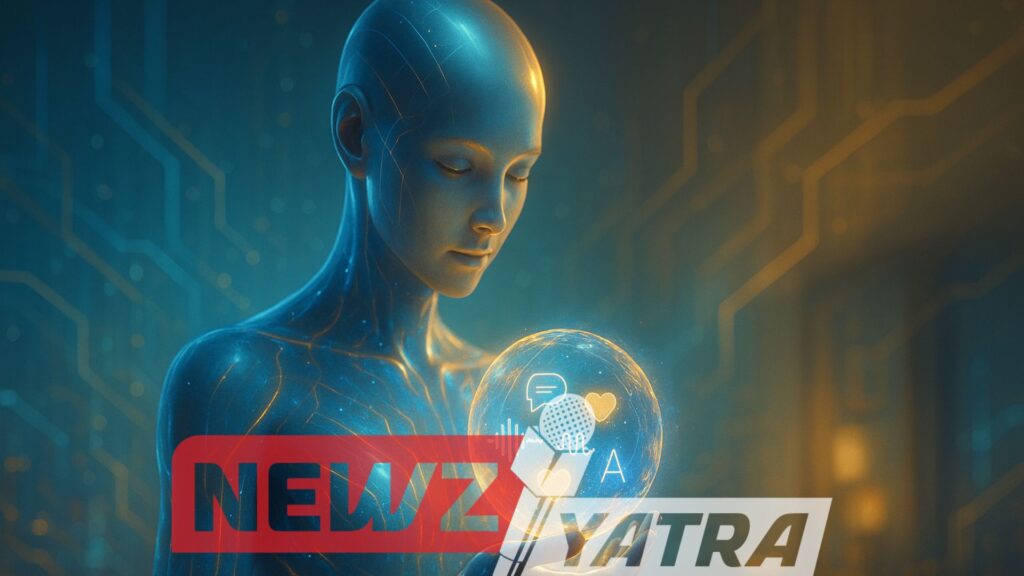
Are There Any Risks? (What comes after ChatGPT)
Yes — while AI assistants are exciting and helpful, it’s important to understand that there are some risks too. Like all powerful tools, AI should be used with care. Here are a few concerns people have: (What comes after ChatGPT)
1. Privacy
AI can learn a lot from what you say or type. That’s why privacy is a big issue. People worry that:
- Personal data might be shared without permission.
- AI could store private information without users knowing.
It’s very important that AI companies create tools that respect your privacy and ask for your permission before using your data. You should always have control over what the AI remembers and what it doesn’t.
2. Fake or Wrong Information (What comes after ChatGPT)
AI tries to give helpful answers, but it’s not perfect. Sometimes it can:
- Give wrong or made-up facts.
- Sound confident even when it’s wrong.
That’s why you should always double-check important information from an AI, especially for things like medical advice, news, or financial decisions.
3. Overuse and Dependence (What comes after ChatGPT)
Because AI is so easy to use, some people might start using it too much. For example:
- Letting AI do all the thinking or writing.
- Losing practice in problem-solving or creativity.
It’s okay to get help from AI, but we should still use our own minds. AI should be a tool, not a replacement for thinking. (What comes after ChatGPT)
That’s why AI needs to be built responsibly. Companies must create clear rules and safety systems to protect users — especially kids, students, and older adults. When used wisely, AI can be a powerful helper. But like any tool, it must be used with care.
How AI Will Impact Jobs and Education (What comes after ChatGPT)
Many people wonder how AI will affect their jobs or their children’s learning. The good news is — AI is more likely to change the way we work and learn, not completely replace us.
AI and Jobs (What comes after ChatGPT)
AI might take over some repetitive or boring tasks, such as:
- Sorting data
- Scheduling meetings
- Answering simple customer questions
This doesn’t mean people will lose all jobs. Instead, it means workers will have more time to focus on creative thinking, teamwork, planning, and problem-solving — the things AI isn’t good at.
Some jobs will change, and new jobs will be created too — like AI trainers, ethics experts, or designers for smart systems.
AI in Education (What comes after ChatGPT)
In schools and learning environments, AI can be a great helper for both students and teachers. For example:
- Students can learn at their own pace, using AI tools that adjust to their level. If someone needs more time on a topic, the AI can give extra help.
- Teachers can save time by using AI to grade simple tasks or give quick feedback.
- AI can also help create personalized learning plans, so every student gets the support they need.
But just like in work, AI shouldn’t replace teachers or learning itself — it should make education more fun, fair, and effective.
A Future We Build Together (What comes after ChatGPT)
AI assistants like ChatGPT are just the beginning of a much bigger journey. What once felt like science fiction is now part of our daily lives — helping us write, learn, plan, and connect in smarter ways.
But the future of AI isn’t just about faster answers or smarter tools. It’s about how we choose to use them. With the right balance of creativity, care, and responsibility, AI can make our lives easier, our work more meaningful, and our learning more personal. (What comes after ChatGPT)
The technology will keep evolving — becoming more natural, more helpful, and more human-like. But one thing will always matter most: the human behind the screen. AI may assist us, but it’s our ideas, values, and actions that will shape the future.
So, what’s next after ChatGPT?
Whatever we imagine — and build — together. (What comes after ChatGPT)
Trump Declared India’s Economy “Dead”? A Reality Check with American AI!
FAQ: The Future of AI Assistants — Answered Simply!
1. What is ChatGPT exactly? (What comes after ChatGPT)
ChatGPT is an AI chatbot developed by OpenAI. It’s designed to understand your questions and respond in a human-like way. You can use it to write, learn, brainstorm, ask questions, or even have a friendly chat. Think of it as a helpful digital companion.
2. How is future AI going to be different from ChatGPT?
Future AI assistants will be:
- Smarter — They’ll understand you even if you’re not very clear.
- More personal — They’ll learn your habits and preferences (with your permission).
- More capable — They’ll take real actions like booking appointments or sending messages.
- More natural — You’ll be able to talk to them like a person, not just type messages.
3. Will AI assistants be able to talk to me like a real person?
Yes! Very soon, AI assistants will have natural-sounding voices, respond in real time, and feel more like a conversation than a chatbot. You might speak to them through your phone, smart speaker, or even your car.
4. Can AI help me in real life, not just online?
Definitely. AI could:
- Control smart devices in your home
- Help with reminders and daily tasks
- Assist older adults with safety alerts
- Even book things or find deals for you
It’s designed to blend into your life — not just your browser.
5. Is AI safe to use?
Mostly yes, but like any tool, it comes with risks. The main concerns are:
- Privacy: Always check what data your AI is allowed to remember.
- Incorrect answers: AI can be wrong, so double-check important info.
- Overuse: Don’t rely on AI for everything — it’s a tool, not a replacement for thinking.
Use it wisely, and you’ll get the best results.
6. Will AI take away jobs?
AI will likely change jobs more than replace them. It may handle repetitive tasks, but humans are still needed for creativity, empathy, planning, and teamwork. New jobs will also be created — like AI trainers and ethics experts.
7. Can AI help in education?
Yes! AI can:
- Personalize learning
- Help students study at their own pace
- Save time for teachers with grading or lesson planning
But it’s meant to support education — not replace teachers.
